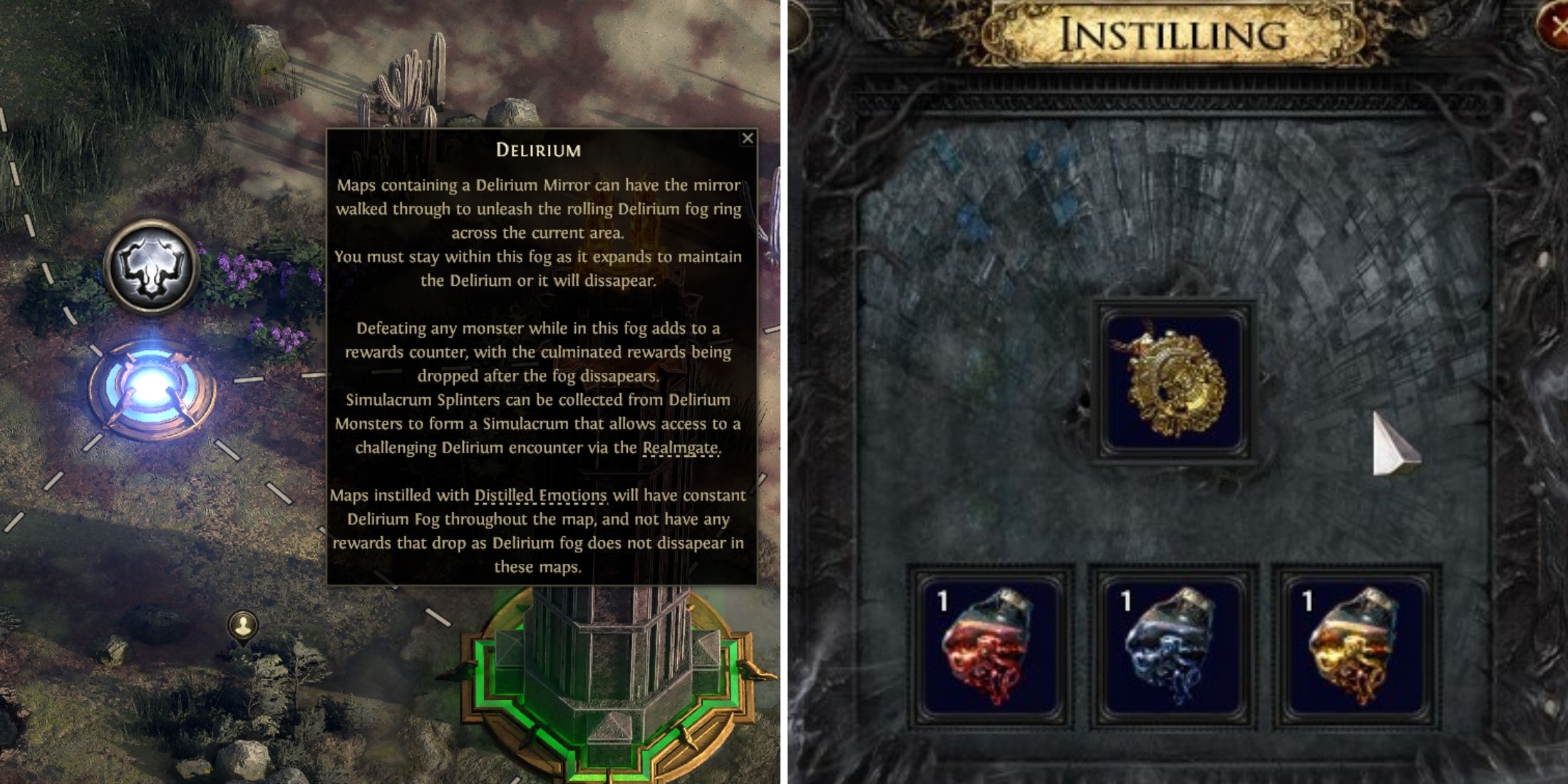WWW.POLYGON.COM
Wicked, A Real Pain, Netflixs Wallace & Gromit: Vengeance Most Fowl, and every movie new to streaming
Each week on Polygon, we round up the most notable new releases to streaming and VOD, highlighting the biggest and best new movies for you to watch at home.This week, Wicked, the musical fantasy starring Cynthia Erivo and Ariana Grande, sings and dances its way onto VOD. Thats not all: actor-director Jesse Eisenbergs new comedy-drama A Real Pain starring Kieran Culkin (Succession), also backpacks onto VOD this week. Theres tons of new releases to stream this week, too, including a new Wallace & Gromit feature on Netflix, the social horror thriller The Front Room on Max, and the Psychological drama Mothers Instinct starring Jessica Chastain and Anne Hathaway on Hulu. If that werent enough, Barry Lyndon is free to watch on YouTube! This is not a drill!Heres everything new thats available to watch this weekend!New on NetflixWallace & Gromit: Vengeance Most FowlWhere to watch: Available to stream on NetflixGenre: ComedyRun time: 1h 19mDirectors: Nick Park, Merlin CrossinghamCast: Ben Whitehead, Peter Kay, Lauren PatelWallace and Gromit are back in their first new film since 2008! Wallace & Gromit: Vengeance Most Fowl features the return of fan-favorite nemesis Feathers McGraw, a villainous penguin with a bone to pick with everyones favorite doofus-and-dog duo. When Wallace invents a robotic garden gnome to help him with his chores around the house, Feathers seizes on the opportunity to hijack the robot for his own mischief.New on HuluMothers InstinctWhere to watch: Available to stream on HuluGenre:Psychological dramaRun time:1h 34mDirector:Benoit DelhommeCast:Jessica Chastain, Anne Hathaway, Josh CharlesBenoit Delhommes period drama stars Jessica Chastain and Anne Hathaway as Alice and Cline, two housewives with a sisterly bond who live next door to one another in an picturesque 1960s American suburb. When their idyllic lives are upended by inexplicable tragedy, the harmony of their daily existence is shattered by paranoia, grief, and barely concealed rage exploding to the surface.New on MaxThe Front RoomWhere to watch: Available to stream on MaxGenre:Horror thrillerRun time:1h 34mDirectors:Max Eggers, Sam EggersCast:Brandy, Andrew Burnap, Kathryn HunterBrandy stars in this new horror thriller from director duo Sam and Max Eggers as Belinda, a newly pregnant anthropology professor eagerly expecting the birth of her next child while still mourning the death of her firstborn son. When she and her husband Norman (Andrew Burnap) take in his newly widowed stepmother Solange (Kathryn Hunter), the arrival of their new guest brings about several dark disturbing revelations that threaten Belindas life and sanity.New on AMC PlusSkincareWhere to watch: Available to stream on AMC PlusGenre: Comedy thrillerRun time: 1h 36mDirector: Austin PetersCast: Elizabeth Banks, Lewis Pullman, Michaela Ja RodriguezElizabeth Banks stars in this new comedy thriller as Hope Goldman, a famed aesthetician who is on the verge of her greatest professional success yet: launching her own proprietary skin care line! Problem is, Hopes got competition in the form of rival aesthetician Angel Vergara (Luis Gerardo Mndez) who opens a new boutique right across from her own. With the help of her life coach (Lewis Pullman), Hope pulls together a desperate scheme to come out on top.New on Paramount PlusSlingshotWhere to watch: Available to stream on Paramount PlusGenre:Sci-fi thrillerRun time:1h 48mDirector:Mikael HfstrmCast:Casey Affleck, Laurence Fishburne, Emily BeechamThis sci-fi thriller stars Casey Affleck (Manchester by the Sea) as John, an astronaut aboard an experimental spacecraft designed to make a years-long mission to Saturns moon Titan. When the passengers aboard the ship begin to suspect that the mission has somehow been compromised, John must work alongside the ships captain (Laurence Fishburne) in order to find a solution and survive.New on YouTubeBarry LyndonWhere to watch: Available to stream on YouTubeGenre:Historical black comedyRun time:3h 5mDirector:Stanley KubrickCast:Ryan ONeal, Marisa Berenson, Patrick MageeIf youre looking for a film thats the epitome of the phrase, every frame a painting, look no further than Stanley Kubricks 1975 masterpiece starring Ryan ONeal. Set in 18th Ireland, Barry Lyndon chronicles the life of a incorrigible charlatan who marries into high society. When Lyndons incessant philandering and drunkenness runs afoul of his son-in-law Lord Bullingdon (Leon Vitali), the feud between the two escalates to its breaking point. Commonly cited as one of the finest films in Kubrick oeuvre, Barry Lyndon is a must-see if you enjoy thoroughly imagined period pieces and exquisite cinematography.New to rentWickedWhere to watch: Available to rent on Amazon, Apple, and VuduGenre: Fantasy musicalRun time: 2h 40mDirector: Jon M. ChuCast: Cynthia Erivo, Ariana Grande-Butera, Jeff GoldblumAdapted from Stephen Schwartz and Winnie Holzmans 2003 play of the same name, Wicked follows the story of Elphaba (Cynthia Erivo), the future Wicked Witch of the West from L. Frank Baums The Wonderful Wizard of Oz, and her friendship with Galinda (Ariana Grande), who later becomes Glinda the Good. Upon being invited to the Emerald City at the behest of the Wizard of Oz (Jeff Goldblum), Elphaba and Galindas friendship is put to the test.From our review:For the most part, Chu uses the new medium to add meaningful additions to the story. Not all of them land. The movies last big scene, in particular, suffers from this strange sort of start-stop integrated with some superfluous big set pieces that undermine the emotional catharsis of the Big Moment. Such is the nature of extending a nearly three-hour musical into two movies, even with a natural intermission. And overall, adding breathing room to songs and scenes worked for the most part. Itll take more than some extra fluff to bring the movie down.A Real PainWhere to watch: Available to rent on Amazon, Apple, and VuduGenre: Comedy-dramaRun time: 1h 30mDirector: Jesse EisenbergCast: Kieran Culkin, Jesse EisenbergJesse Eisenberg returns to direct and star in his follow-up to 2022s When You Finish Saving the World. Eisenberg and Kieran Culkin (Succession) star in A Real Pain as David and Benji, two estranged cousins who embark on a tour across Poland in an attempt to bond and honor the memory of their late grandmother. As their trip wears on, the two are forced to confront the ways theyve grown apart from one another and remember their respective importance in each others lives.From our review:The movies comparatively low stakes mostly keep it grounded to a story of two disconnected cousins who both so clearly miss the friendship they had when they were kids, and want to get back to it. David cant understand why Benji isnt growing up in all the ways that David has. Benji cant admit that he feels left behind. All this is set against the backdrop of an effective and delicately handled Holocaust tour that causes everyone in the tour group to react in different, profound, and difficult ways.









